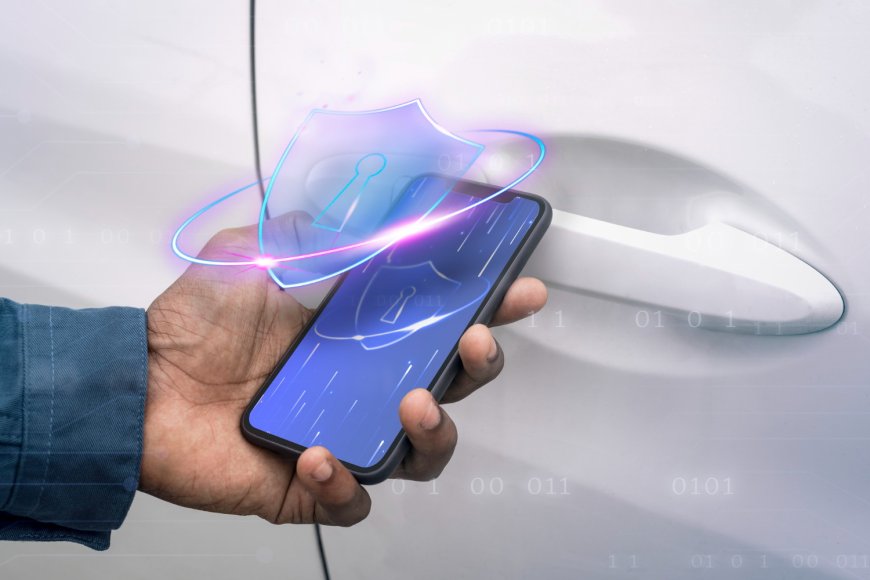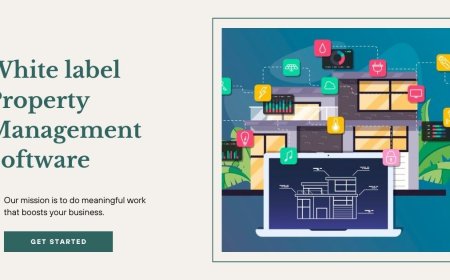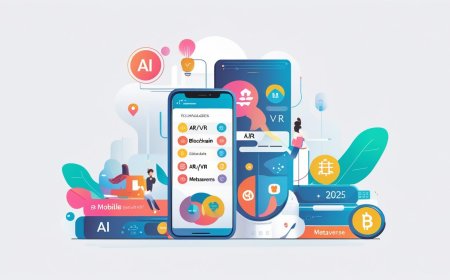Mobile app security: Best practices for Protecting User-data
Learn top mobile app security best practices to protect user data. Discover tips on encryption, secure APIs, authentication, and compliance for safer mobile apps.

In the digital age, mobile apps have become gateways to sensitive personal and financial data. Whether it's a health app tracking user vitals or a fintech solution handling transactions, securing user data is no longer optional, it's a necessity.
If you're building or scaling a mobile application, it's essential to hire backend developers with expertise in security-first architecture. They play a critical role in creating robust server-side infrastructure to protect against modern threats.
Why Mobile App Security Is Non-Negotiable
-
Reputation Damage: A single data breach can destroy user trust.
-
Legal Risks: Failing to comply with data protection laws like GDPR or CCPA can lead to hefty penalties.
-
Business Loss: Security lapses often result in user churn and operational downtime.
Best Practices for Ensuring Mobile App Security
1. Use Strong Authentication Mechanisms
Implement OAuth 2.0 or OpenID Connect for secure user authentication. Use multi-factor authentication (MFA) for sensitive apps, especially in finance, healthcare, or enterprise domains.
2. Encrypt Data In Transit and At Rest
Use HTTPS (TLS 1.2 or higher) for data in transit and AES-256 for storing data on devices or servers. Avoid storing sensitive data on the client-side unless it's encrypted and sandboxed.
3. Secure APIs Through Authentication and Rate Limiting
Backend APIs must have secure token-based authentication, rate limiting, and IP whitelisting. APIs are one of the most targeted vectors, so protect them like your app depends on it because it does.
// Example API token validation (Node.js + Express)
app.use((req, res, next) => {
const token = req.headers['authorization'];
if (!token || token !== process.env.API_SECRET) {
return res.status(403).send('Forbidden');
}
next();
});
4. Regular Code Reviews & Penetration Testing
Conduct automated vulnerability scans and manual penetration tests. Address issues like insecure data storage, broken cryptography, or insecure communication channels.
5. Keep Dependencies Updated
Outdated libraries can become backdoors. Use tools like npm audit, OWASP Dependency-Check, or Snyk to detect vulnerable packages.
6. Implement Secure Session Management
Terminate sessions on logout, use HTTP-only and secure cookies, and implement automatic session expiry.
Security-First Development Starts with the Right Team
No matter how intuitive your app looks or how fast it runs, its only as good as the security that underpins it. Collaborating with a reliable mobile app development company ensures security is integrated at every layer from UI to backend.
-
Database encryption and tokenization
-
Cloud platform security (AWS, Azure, GCP)
-
Secure DevOps pipelines and CI/CD integration
Conclusion
In a mobile-first world, data protection isn't just a feature, it's a foundation. By adopting the best practices listed above and partnering with professionals who understand secure app architecture, you not only protect your users but also future-proof your business.































